The Art: A hand-woven ‘Shan bag’ from Inle Lake, Myanmar.
‘Shan bags’ are common in Shan State and are used to hold everything from money to groceries – even fish!
The Story: As accessories go, I’m not all that into purses, but when I met the woman who made these, I couldn’t NOT bring one home.
We were at Inle Lake in Myanmar, one of the most popular places to visit because of its beautiful and tranquil setting, interesting culture, and historic sites. It was also one of the more touristy places, which always concerns me a little when it comes to visiting ‘authentic’ anything, whether it is a village or an artisan shop.
But this particular shop had captured my imagination for one reason, the ‘Padaung’ (or ‘long-necked’) woman weaver who works in the store. A member of the Kayah tribe from the southeastern part of Myanmar, this woman has become a fixture at Inle Lake, where she attracts visitors who come to see her traditional colourful dress and stacked brass rings that adorn what appear to be her extraordinarily long neck.
You’ve probably seen photos of these women somewhere, at some time, just as I had, wearing colourful traditional dress and stacked brass rings on what appear to be extraordinarily long necks. It’s exactly those kind of photos that made me curious to see one of these women in person if I ever had the chance.
And I’m not alone, obviously, because visitors to Inle Lake come to this particular store not to shop, but to see her. Which I have to admit made me more than a little uncomfortable, wondering if I would just be contributing to some form of thinly-disguised exploitation.
My first impression when we arrived at the shop seemed to confirm my worst fears: there was this diminutive grandmother, sitting and weaving by herself on the far side of a wooden railing, while visitors took photos of her and her signature ‘long neck’ from the other side of the rail. Dear God, I thought to myself, this really IS like the ‘human zoos’ I had read about in Thailand, where some Kayah refugee women had been set up in ‘tourist villages’ as a visitor attraction for tours.
I immediately wanted to do something to bridge this huge divide, so I asked my guide if he could translate, and introduced myself, asking her name (Malau) and if she would mind chatting a bit. Going around the railing to join her next to her loom, she showed me her technique, and as I watched the fabric take shape, we talked about her family and how long she had been working here at Inle Lake.
Malau was gracious, generous with her time and seemed genuinely happy to talk, especially when she spoke about her 5 children, and 8 grandchildren. I asked her if any of her 3 daughters also wore the neck rings, and she said no, as modern women, they chose not to adopt the traditional ways.
She asked if I had any children of my own, and I answered that a husband was enough of a handful, and asked her if she was married. She said yes, but that her husband was back home in their village, and she joked that she had ‘forgotten what he looks like’ since she only gets home a few times a year now.
At the end of our conversation, I couldn’t help but admire this woman who at the age I am now, came to Inle Lake to become a bit of an entrepreneur herself and turn her skill as a weaver into a business. I have no idea what prompted her to do that, or what arrangement she has made with the shop owner, but having spoken with her, I have no doubt that she is her own person, and is happy with the deal.
Even though I came to this shop specifically to ‘see’ a Padaung woman, I really, really, didn’t want this visit to feel like some kind of awkward tourist voyeurism. And what I realized is that it’s only awkward if visitors make it awkward. Because Malau herself made it anything but.
There are many theories as to why this adornment became popular. Some suggest it was as protection against tiger attacks, others as a symbol of beauty, but no one really has the definitive answer as to why the custom began.

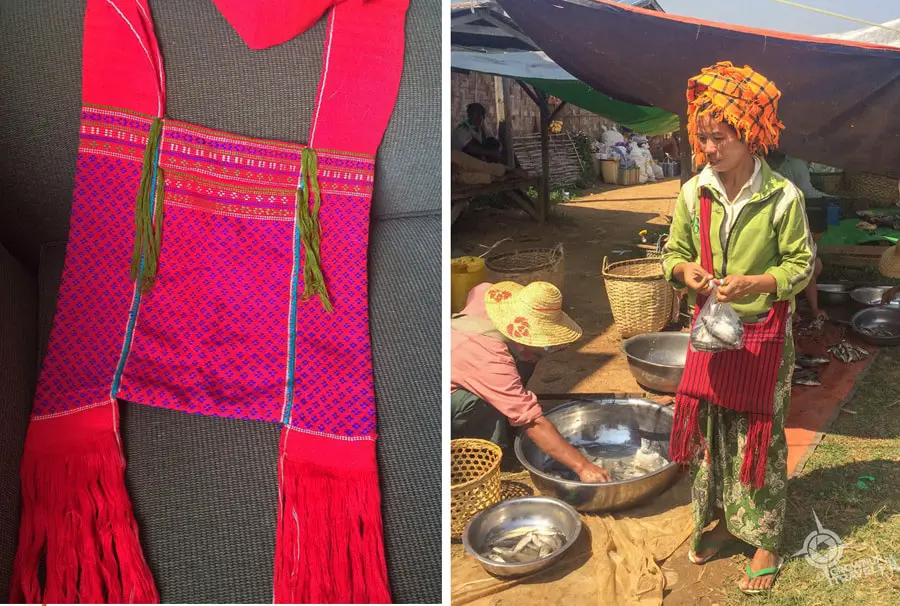
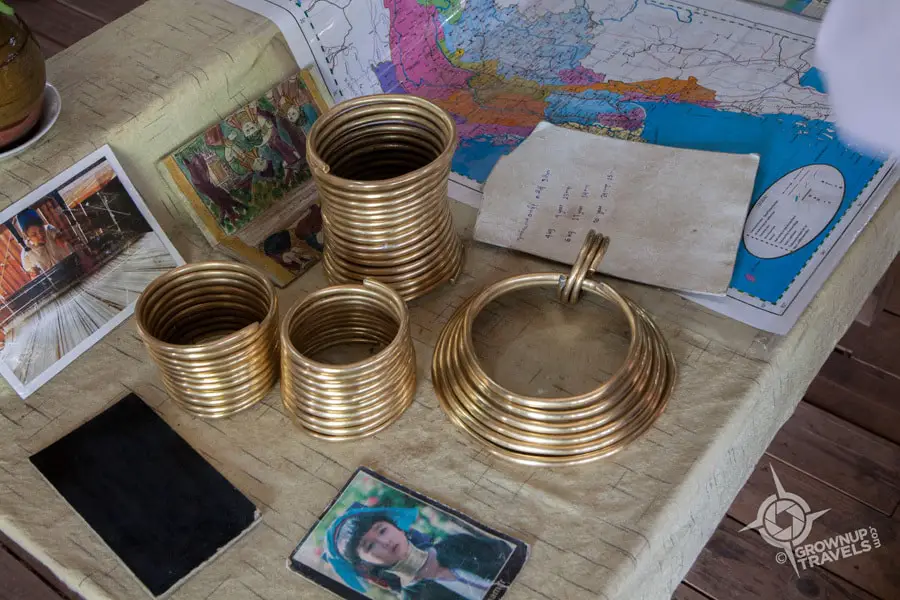
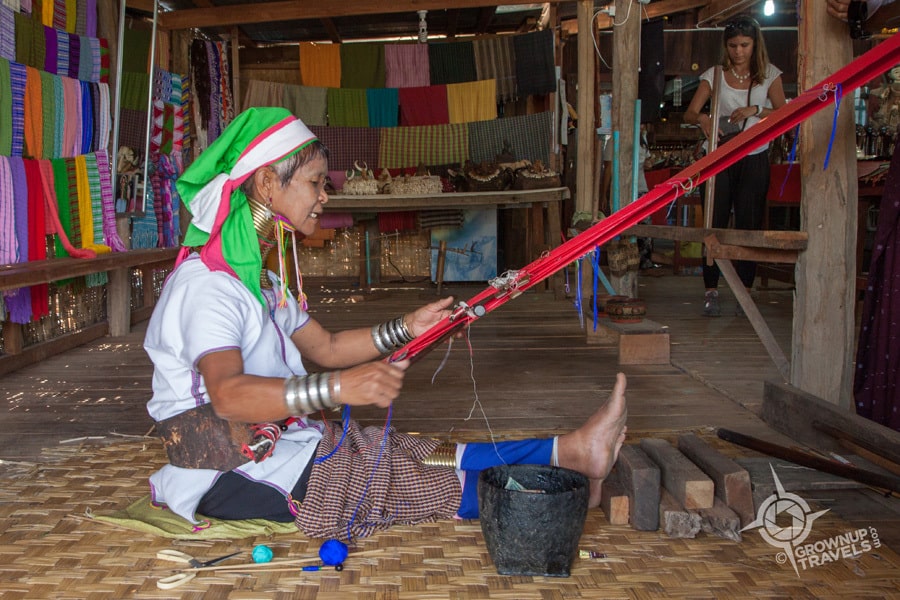
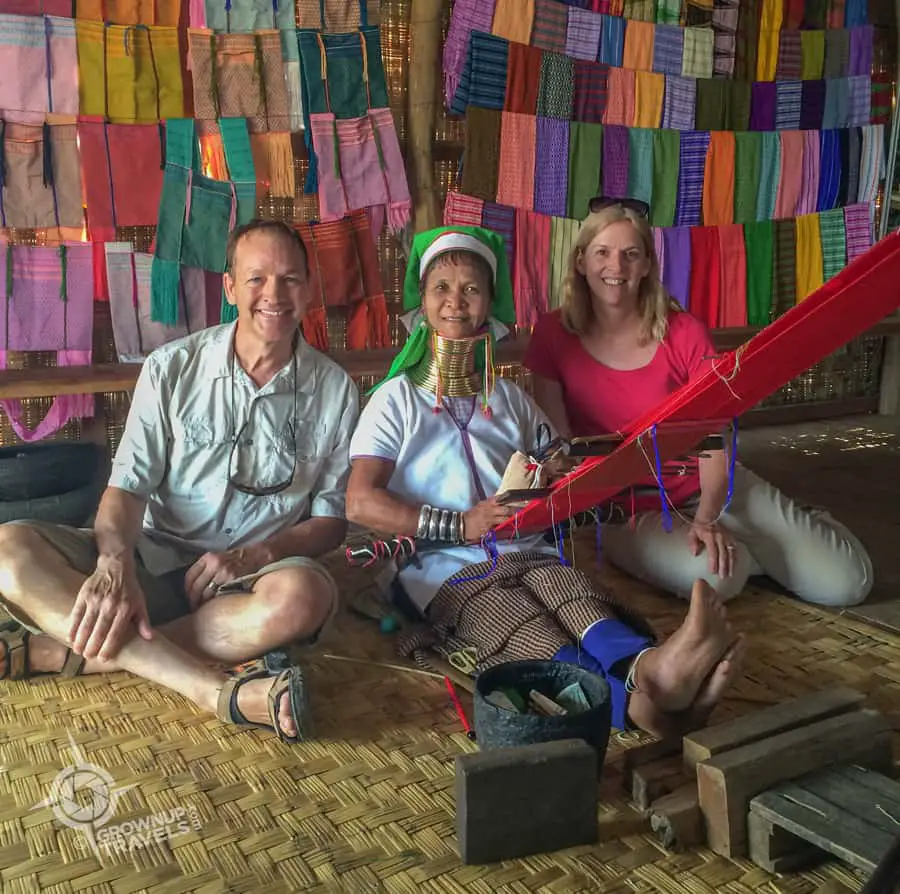
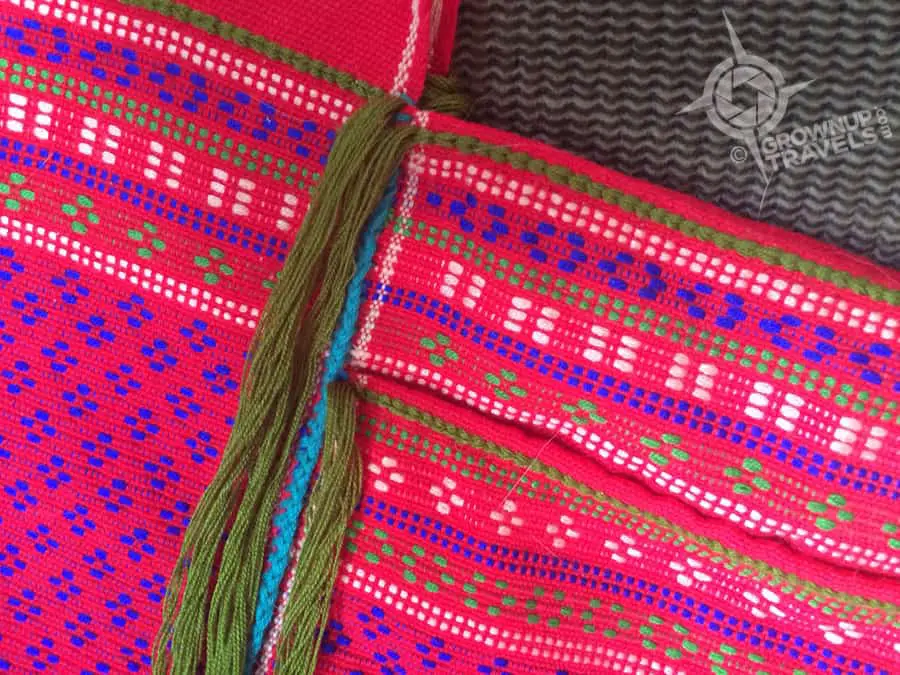
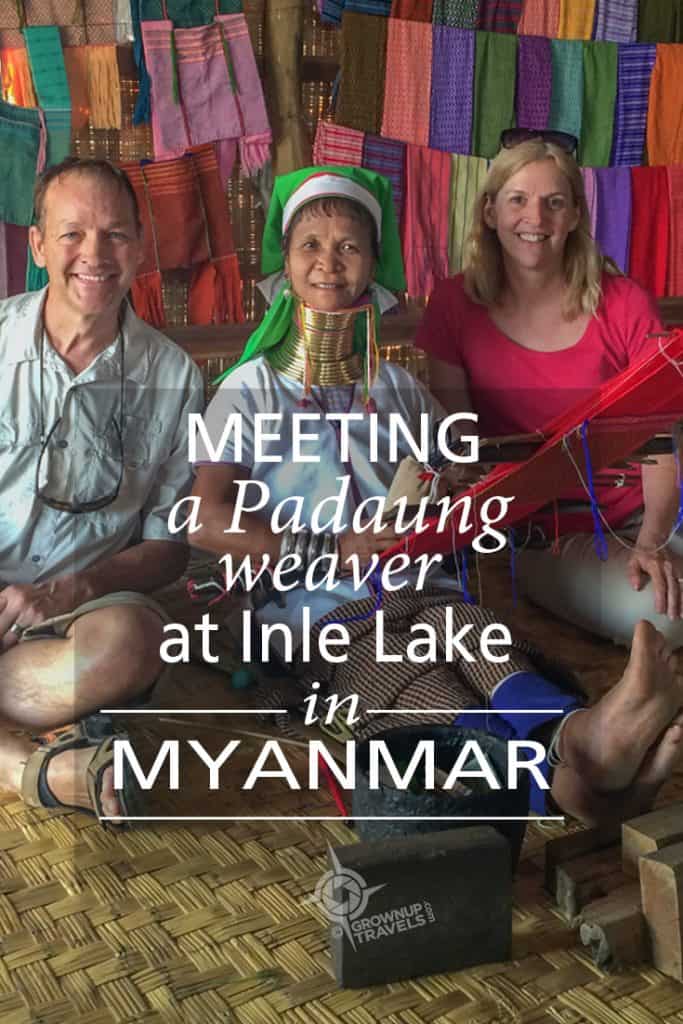











Looks like you got yourself a really special souvenir, buying it from the maker, Malau, who you actually got to know a bit in Inle Lake.
That’s what I try to do with anything I bring back home. If it’s just a ‘thing’, it’s not worth bringing home!
I visited this same spot last year Jane and had a reaction similar to yours. Human zoo is a good way to describe the experience. You were able to change it into a completely different exchange with your interaction and connection. What a wonderful idea to have the small printer with you. I love being able to show the camera screen after I take a photo, but the idea of a mini printer is great!
That little Pringo printer gave us some great experiences! It was my husband’s idea to bring it along, and worth every extra ounce it took up in the luggage!
I totally understand how you were reluctant to have this experience unless you could connect. The best part of art is the connection the work engenders with the viewer or purchaser. I love how you personalized the encounter and saw her as an individual instead of a spectacle. Your shan bag will be a forever reminder of this Myanmar moment.
Absolutely. I’ve learned that we can either contribute to a ‘spectacle’, or make it be an experience. The choice is usually up to us.
Beautiful story and I love how you introduced yourself to this woman and exchanged stories that looked for things you had in common. So amazing to learn about the customs of other countries and you’ll have a bag that will always remind you of the Padaung woman and your conversation.
That’s what makes these souvenirs so special – it’s less about the thing and all about the experience!
I think connecting is key to having a genuine experience also supporting them, because this is their livelihood and the products speak for themselves.
You’re right Noel. Even with language barriers, there is always a way to connect with someone, and make any encounter feel personal not voyeuristic. There were a couple of idiots there who just donned some nearby hats like some kind of costume and were posing with this same woman, without so much as a hello. I doubt they even bought anything. I was embarrassed for them.
What a wonderful thing to do! Although she invited the spectacle, you brought it down to such a personal level and I am certain she will always remember that.
We actually had a portable printer called a Pringo with us, so we were able to leave her with a small ‘polaroid’ kind of shot of the three of us, too. Which made it a souvenir for her, too!
Interesting post. I think I would have had the same initial misgivings you did about feeling like a “human zoo”. Now I imagine that every time you use your Shan Bag you remember your conversation with the woman with the long neck.
Exactly! Every thing I ever bring home comes with a story – that was the inspiration for the Art&Facts series, and in fact, the whole GrownupTravels website!